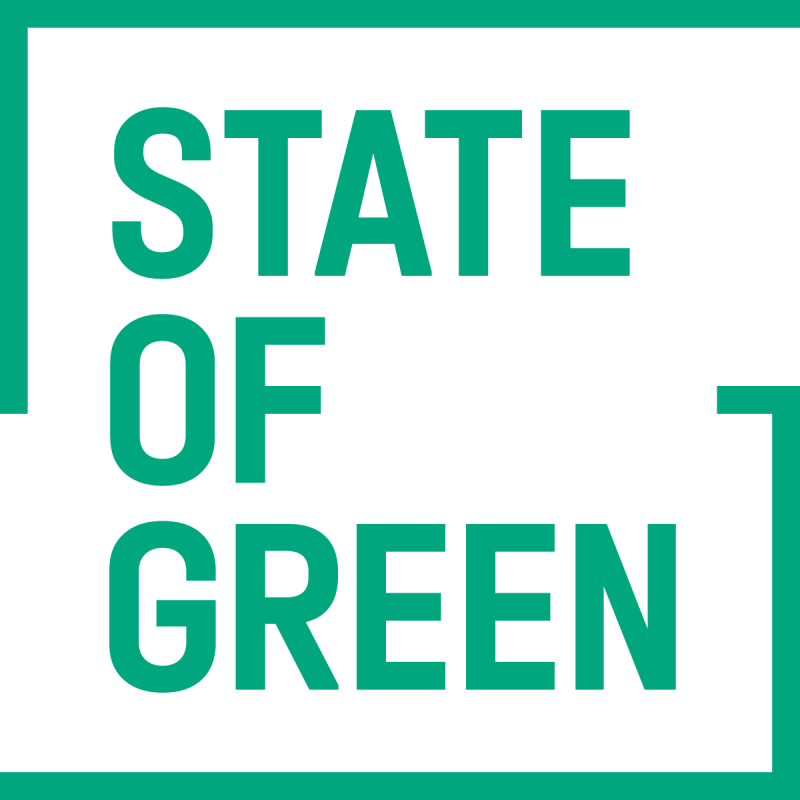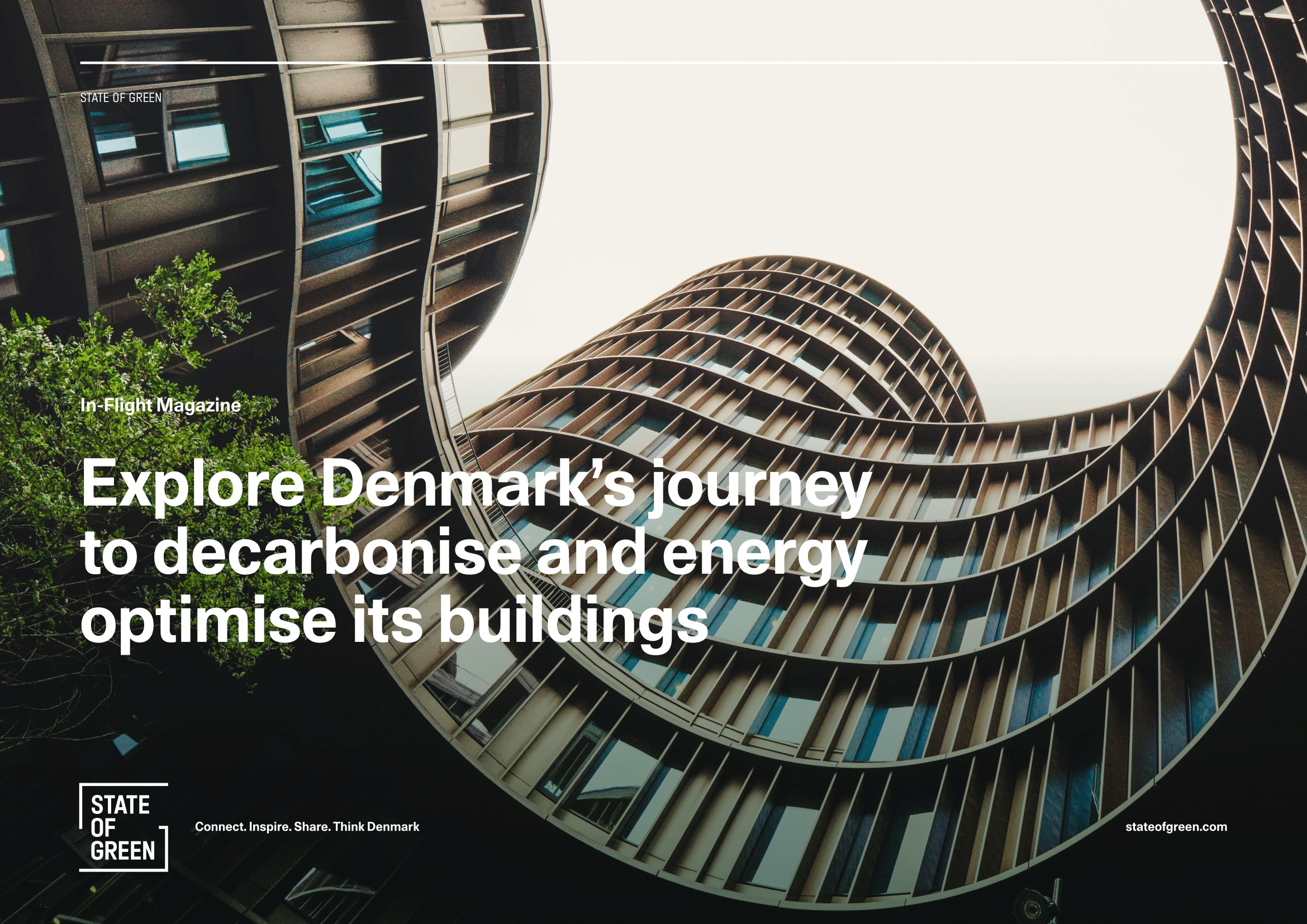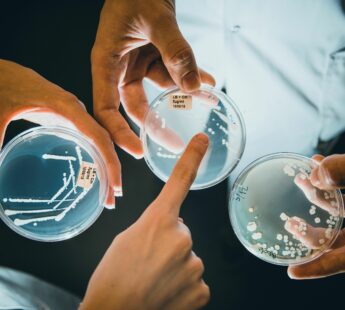5. DK2020: Denmark’s Municipalities unite to achieve green energy
Denmark’s municipalities are working together for energy savings in order to reach the targets under the Paris Agreement. Through the DK2020, tailored climate action plans address barriers, prioritise energy efficiency
in municipal buildings, and encourage homeowners to follow. Smart climate strategies, optimised building activity, and data-driven energy management are all employed, while municipalities share knowledge to inform legislation, suppliers, and product development, facilitating effective local solutions.
6. A holistic approach to sustainability
A holistic approach is crucial for sustainable energy renovation, considering both environmental, economic, and social factors. The DGNB certification standard provides a benchmark for evaluating sustainability in buildings and urban areas, encompassing technical, process, and area quality criteria. With different phases and specific criteria for various building types, DGNB certification is applicable to new and existing buildings, renovations, and buildings in use, covering the entire life cycle.



















